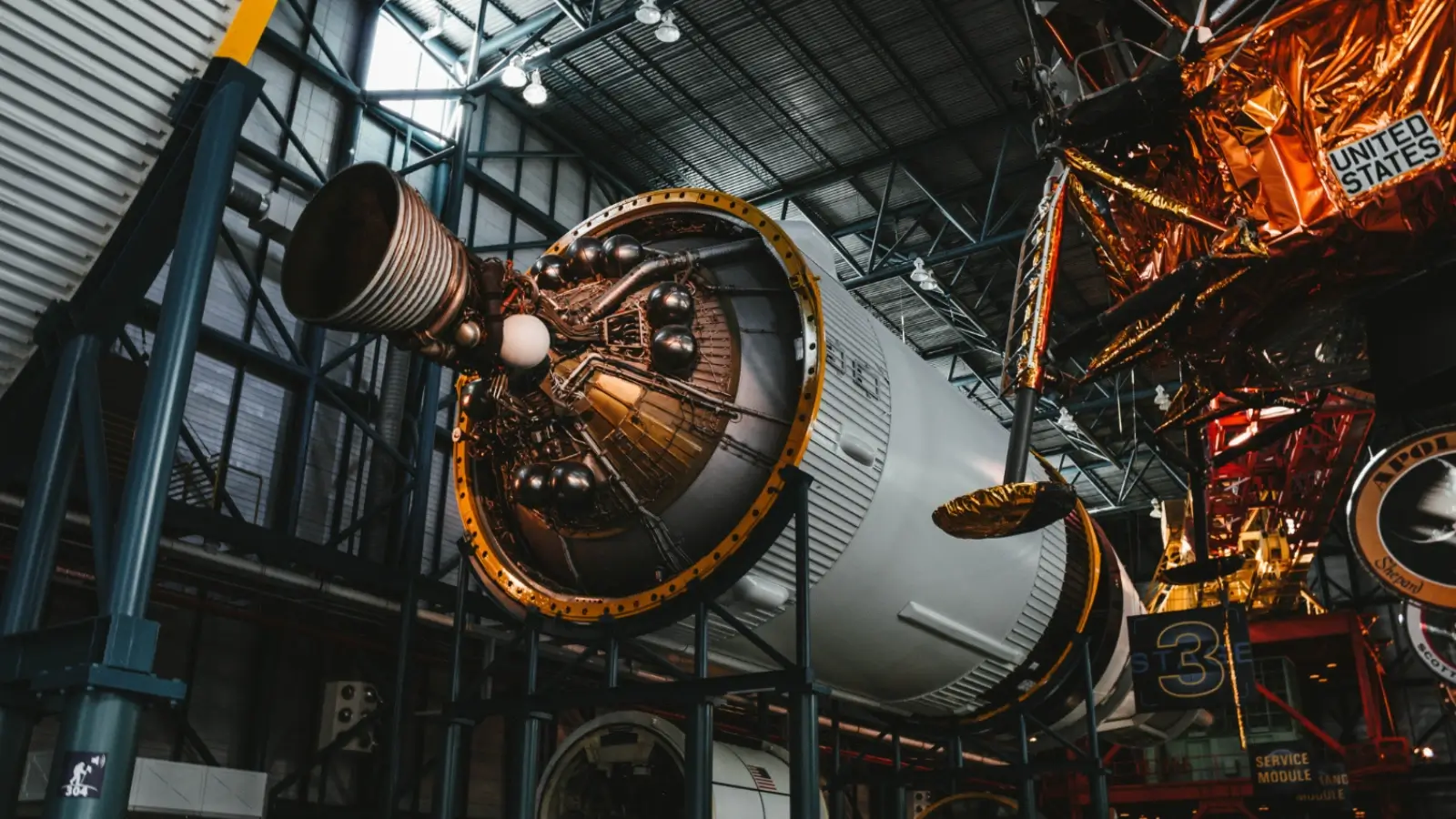


Safety, reliability and performance are not compromises in the high-tech sectors of aerospace engineering and automotive engineering. Even a single fault, though small, may cause disastrous effects, such as mechanical breakdown, or expensive recalls, or even loss of life. This is why non destructive testing has become an indispensable part of design, manufacturing, and maintenance processes across both sectors. By enabling the detection of flaws without damaging the tested components, NDT ensures that safety and quality remain uncompromised.
Non Destructive Testing or NDT in its standard short form is a type of tests that are used to determine the properties of a material, part or assembly without any damage to it. Unlike the destructive testing, which requires a part to be cut, broken, or altered, NDT does not leave the tested part to be destroyed and the item is left to be used. The industry is typically marked by methods such as ultrasonic testing, radiographic testing, magnetic particle testing, eddy current testing, liquid penetrant testing and thermography.
Such methods can identify various defects - micro-cracks and porosity up to corrosion and weld defects - prior to their emergence or pose a significant danger. Based on this capability, NDT is essential not only in quality control in the course of the manufacturing process, but also in continuous maintenance and life-cycle services.
One of the most safety-sensitive sectors of the world is aerospace engineering. When flying, aircrafts are exposed to extreme stress, thermal changes, vibration and fatigue in aircraft parts. The slightest defect in a turbine blade, fuselage panel or landing gear part can turn into a major problem.
NDT is needed in all life cycle phases of an aircraft:
Manufacturing and assembly: NDT is done on the parts of engines, wings, and structural panels prior to assembly to ensure that they are of high quality. This will avoid the issue of defective materials being incorporated in the final product.
In service inspections: Aircraft are subjected to regular inspections during their service life. NDT enables the maintenance personnel to incur cracks, corrosion and other types of defects without removing or harming the vital components so as to maintain its airworthiness.
Life extension and refurbishment: With older fleets, NDT assists engineers in determining the usefulness of parts used in a particular fleet or whether they need replacing. This insures safety without needless parts replacements, which saves cost and resources.
Companies such as FAA (Federal Aviation Administration) and EASA (European Union Aviation Safety Agency) have developed strict inspection policies, the vast majority of which are based on the use of NDT. This is a testament to the importance of the techniques to aerospace safety and compliance.
Although automotive industry operates at another level, there are still stakes. The automobiles that are produced nowadays also incorporate complicated materials, electronic devices and safety-related parts that should be able to work well in various conditions. In this case, NDT is also one of the pillars of quality control and assurance of safety.
Applications of NDT in automotive manufacturing include checking the weld joins, castings, engine blocks, suspensions and brake systems. The early identification of defects like cracks, inclusions, and porosity in the production line means that defective parts do not reach the market and the danger of expensive recalls and warranty claims are minimized.
In addition, with the increasing lightweight and efficiency of vehicles, the new materials such as advanced alloys and composite are being used. Such material necessitates specialised inspection methods and NDT offers the accuracy required to examine their integrity without affecting them.
In addition to production, NDT is also used in predictive maintenance. As an example, wear can be checked with ultrasonic and magnetic particle tests, which can identify early fatigue indicators in the components and can help the fleet operator and service centres plan their maintenance more efficiently.
This is because the advantages of applying NDT in aerospace and automotive operations are far reaching and directly affect safety, cost and performance:
The major priority in the two industries is safety. NDT helps to avoid accidents by revealing defects that have not yet turned critical and provides high safety standards to components.
Early defects allow better scrap rates, less re-work and preventive costs of repair or recalls. Since components do not have to be ruined when testing, NDT also conserves on materials.
The aerospace and automotive industries are highly regulated in terms of safety and quality. NDT assists manufacturers and maintenance staff in achieving the standards and staying certified.
NDT is used to make sure that faulty materials and components do not pass through the production line. This enhances the net quality of the products and lowers the possibility of failures in the field.
The frequent NDT testing also provides the opportunity to the engineer to check the structural integrity over time to make informed decisions about repairing, replacing or using it. This prolongs the operating life of costly parts and equipment.
NTD technology is improving as well as the materials and production techniques. Such advanced methods as phased-array ultrasonic testing, digital radiography, and acoustic emission monitoring are turning inspections into a more precise, quicker and automatable process. Such innovations are particularly significant in the production of aerospace and automotive, where accuracy and efficiency are the key factors.
In addition, the combination of NDT and digital technologies, such as AI-based defect detection, robotics, and real-time data analytics, is changing the way inspections are conducted. By using automated systems of NDT, fewer errors are also being caused by humans and more frequent and consistent inspection can be performed in large-scale production areas.
The automotive and aerospace industries are based on precision, reliability, and safety at each point, from the selection of raw materials to the final construction and maintenance in the long run. The key to this is nondestructive testing. NTD allows inspection of components without destroying them, resulting in structural integrity and failure prevention, leading to a longer service life and the high standards of safety that characterize both industries.
With the development of technologies and the materials, the significance of NDT will increase further. It is not merely a quality control device, but a vital enhancer of innovation, safety and performance in two of the most challenging fields of engineering in the world.